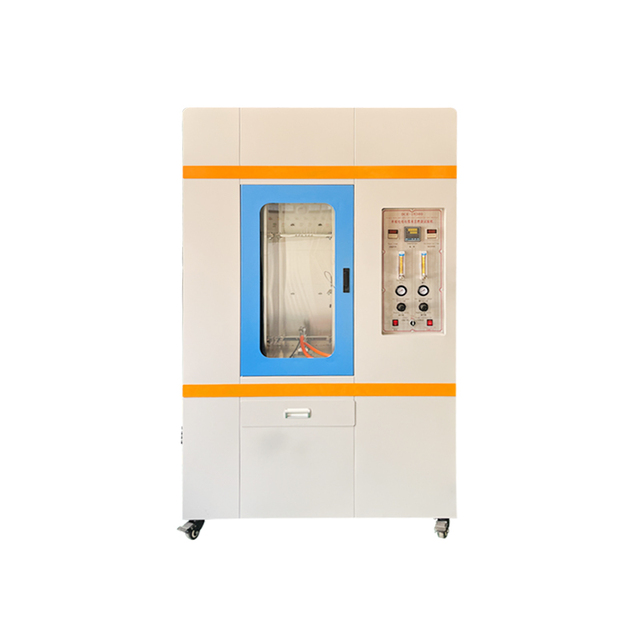Devices for Assessing Electrical Resistance in Various Applications
Machines to Measure Resistance An Overview
In the realm of electrical engineering, the measurement of resistance is a crucial aspect that can impact the functionality and safety of electrical systems. Resistance, defined as the opposition that a substance offers to the flow of electric current, is measured in ohms (Ω). Various machines and devices are specifically designed to accurately measure resistance, thereby facilitating the analysis, troubleshooting, and maintenance of electrical circuits and components.
One of the most common machines used to measure resistance is the digital multimeter (DMM). A DMM serves as a versatile tool that not only measures resistance but also voltage and current. Its ease of use and portability make it a favorite among professionals and hobbyists alike. The DMM operates by sending a small current through the resistor and measuring the voltage across it. Based on Ohm’s Law (V = IR), where V is voltage, I is current, and R is resistance, the multimeter calculates and displays the resistance value. This method allows for quick and precise measurements in various applications, from simple household circuits to complex industrial systems.
Machines to Measure Resistance An Overview
For large-scale applications, such as in power systems or large motors, insulation resistance testers (or megohmmeters) are utilized. These machines apply a high-voltage DC signal to the insulation of cables and devices. By measuring the resulting current that leaks through the insulation, these testers can indicate whether insulation is adequate or if it has deteriorated. This measurement is critical for ensuring safety, as poor insulation can lead to electrical failures and hazardous situations.
machines to measure resistance

In addition to these devices, specialized machines like bridge circuits (e.g., the Wheatstone bridge) are employed for high-precision resistance measurements. The Wheatstone bridge operates by balancing two legs of a circuit, one of which contains the unknown resistor. By adjusting known resistors, the bridge can achieve a state of balance, allowing for precise calculation of the unknown resistance. This method has historically been used in laboratories for experimental purposes and continues to provide accurate results in specific applications.
Emerging technologies have also influenced the landscape of resistance measurement. Automated systems and digital interfaces are now being integrated into resistance measurement devices, allowing for remote monitoring and data logging. This advancement is particularly useful in industrial settings, where real-time data can enhance predictive maintenance and operational efficiency.
When selecting a machine to measure resistance, it is essential to consider the specific application and requirements. Factors such as the range of resistance to be measured, the required accuracy, and the environment in which the device will be used play a critical role in the decision-making process. Whether for casual use in a home workshop or for rigorous industrial testing, understanding the capabilities and limitations of each type of resistance measurement machine is vital for achieving reliable results.
In conclusion, machines to measure resistance play an essential role in the field of electrical engineering. With advancements in technology and diverse applications, these devices not only enhance our understanding of electrical systems but also ensure their safety and reliability. As technology continues to evolve, the methods and machines for measuring resistance will undoubtedly become even more sophisticated, providing engineers and technicians with the tools they need to tackle the challenges of modern electrical systems.
-
The Role of Tensile Force Testers in Quality Control and Material Science
NewsAug.01,2025
-
Maintenance and Safety Tips for Aging Ovens
NewsAug.01,2025
-
Density Balance in Forensic Science
NewsAug.01,2025
-
Advanced Optical Measurement Technologies
NewsAug.01,2025
-
A Buyer’s Guide to Tensile Test Machines
NewsAug.01,2025
-
Why the Conductor Resistance Constant Temperature Measurement Machine Redefines Precision
NewsJun.20,2025
 Copyright © 2025 Hebei Fangyuan Instrument & Equipment Co.,Ltd. All Rights Reserved. Sitemap | Privacy Policy
Copyright © 2025 Hebei Fangyuan Instrument & Equipment Co.,Ltd. All Rights Reserved. Sitemap | Privacy Policy
